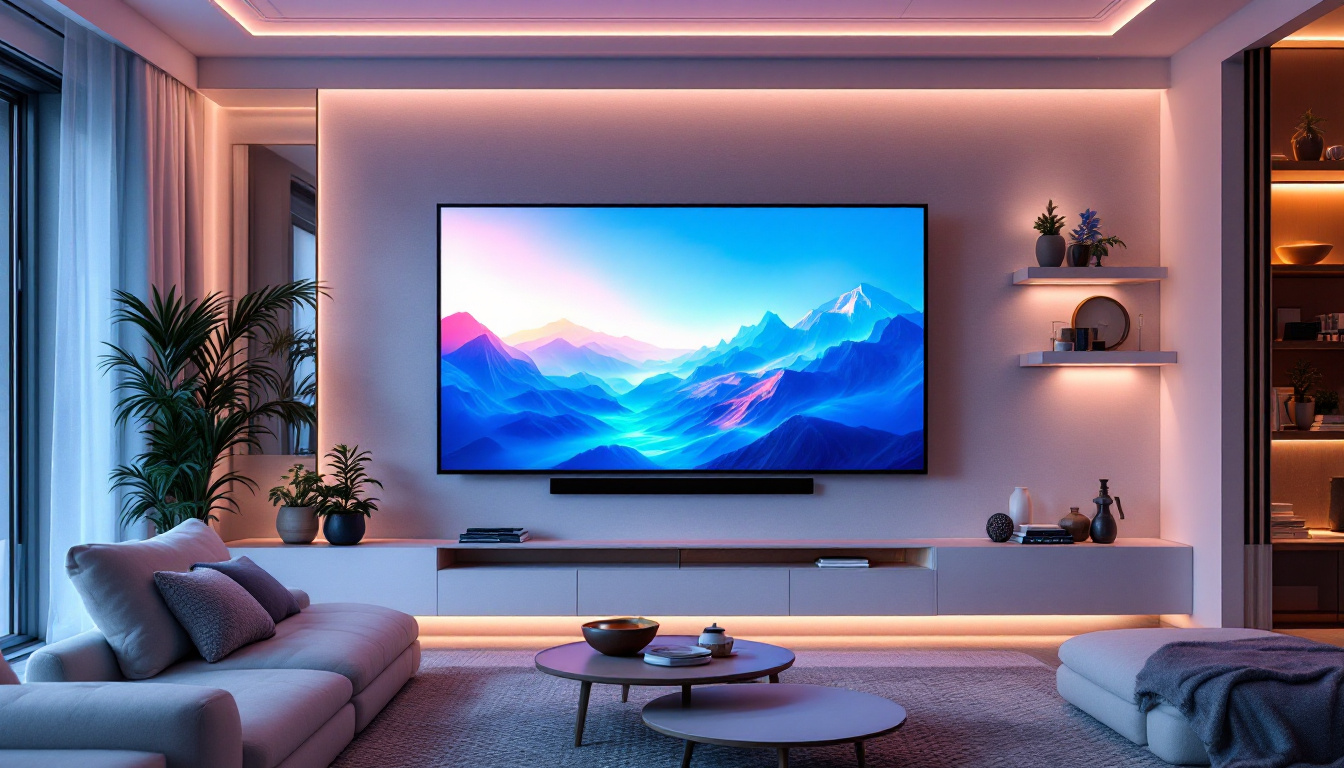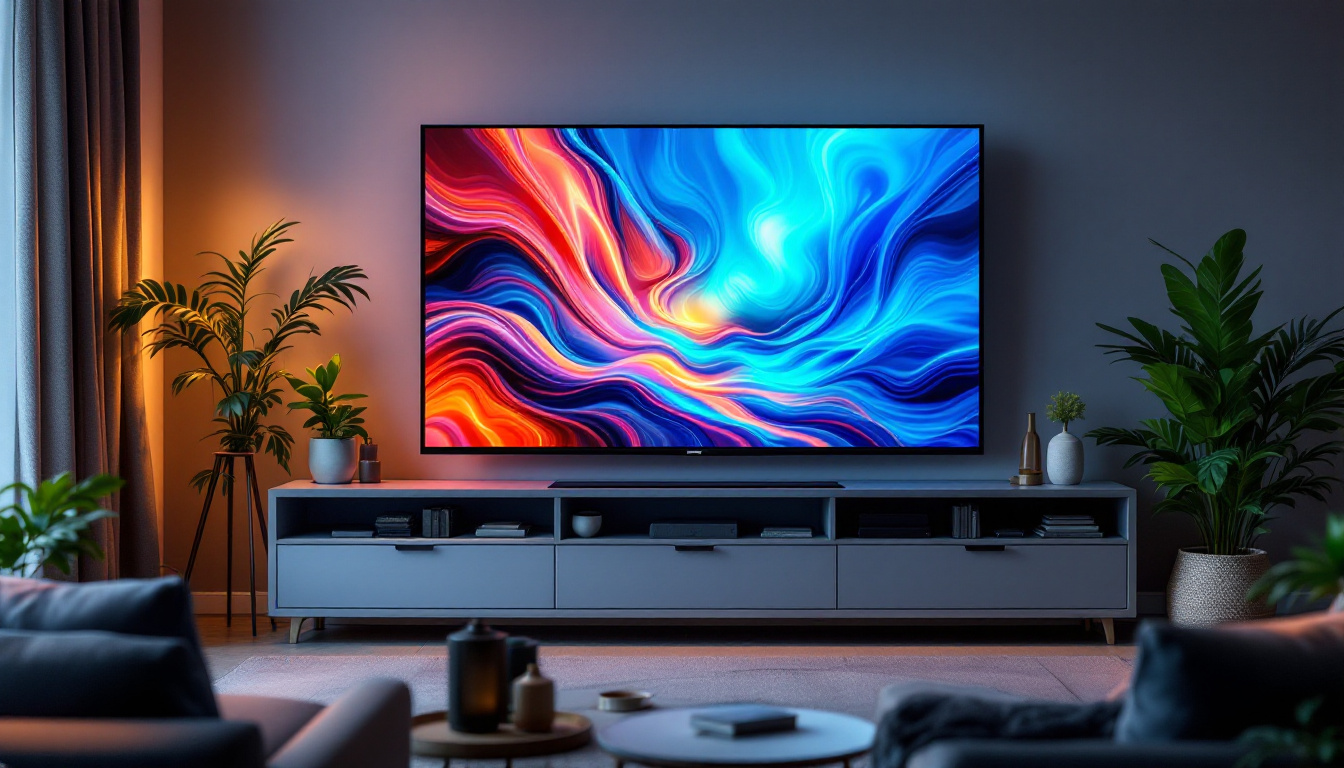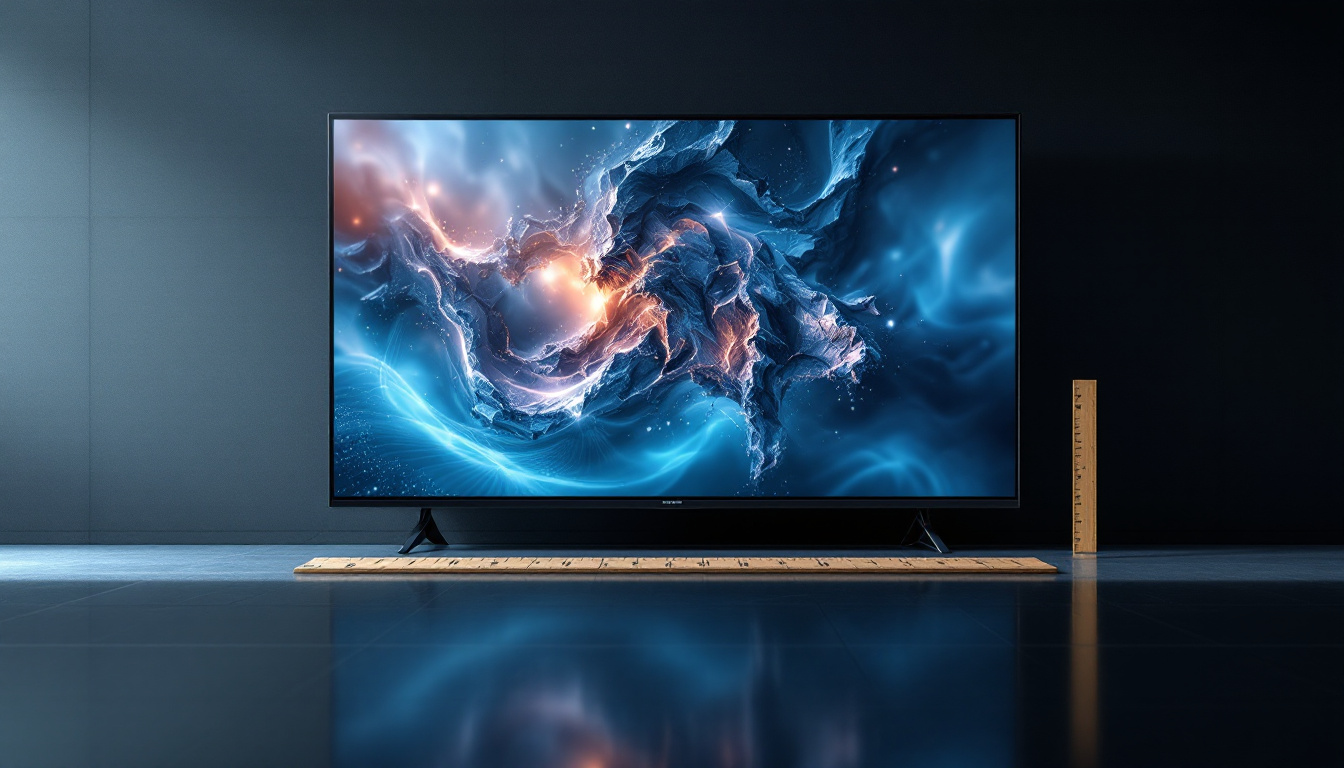When Did 1024 X 640 Colour Monitors Come Out: LED Display Explained
The evolution of computer monitors has been a fascinating journey, marked by rapid technological advancements and shifts in user expectations. Among the many milestones in this evolution, the introduction of 1024 x 640 colour monitors stands out as a pivotal moment. This article explores the timeline of this development, the technology behind it, and the subsequent rise of LED displays.
The Emergence of 1024 x 640 Colour Monitors
The resolution of 1024 x 640 pixels, commonly referred to as “Super VGA” (SVGA), made its debut in the early 1990s. This resolution was a significant upgrade from the previous standard of 640 x 480 pixels, which had dominated the market since the late 1980s. The introduction of SVGA allowed for more detailed graphics and a broader range of colours, enhancing the overall user experience.
The Historical Context
To fully appreciate the arrival of 1024 x 640 colour monitors, it is essential to consider the technological landscape of the time. In the late 1980s, personal computers were becoming increasingly popular, and the demand for better graphics capabilities was growing. The VGA (Video Graphics Array) standard, introduced by IBM in 1987, offered a resolution of 640 x 480 pixels and a palette of 256 colours. This was a significant leap forward, but as software applications became more sophisticated, the limitations of VGA became apparent.
As the 1990s approached, software developers began to create applications that required higher resolutions and more vibrant colours. This demand prompted manufacturers to innovate, leading to the development of SVGA. By 1992, several companies had released monitors capable of supporting 1024 x 640 resolution, marking a turning point in display technology.
Key Players in the Market
Several manufacturers played a crucial role in the introduction of 1024 x 640 colour monitors. Companies like NEC, Sony, and Mitsubishi were at the forefront, producing high-quality displays that catered to the growing demand for better graphics. These monitors not only supported higher resolutions but also featured improved colour accuracy and refresh rates, making them ideal for gaming and graphic design.
As competition intensified, prices for these monitors began to drop, making them more accessible to the average consumer. This democratization of technology played a significant role in the widespread adoption of 1024 x 640 monitors across homes and businesses.
In addition to the advancements in hardware, the software ecosystem also evolved rapidly during this period. Game developers began to exploit the capabilities of SVGA, creating visually stunning titles that captivated audiences. Iconic games like “Doom” and “Wolfenstein 3D” leveraged the enhanced graphics to deliver immersive experiences that were previously unimaginable on lower-resolution displays. This synergy between hardware and software not only fueled the growth of the gaming industry but also set new standards for visual fidelity in personal computing.
Moreover, the rise of multimedia applications during the early 90s further emphasized the need for better display technology. Programs that combined graphics, sound, and video began to flourish, leading to a demand for monitors that could accurately represent these rich media formats. As a result, 1024 x 640 monitors became essential tools for professionals in fields such as graphic design, video editing, and digital art, paving the way for the creative industries to thrive in the digital age.
The Technology Behind 1024 x 640 Monitors
The success of 1024 x 640 monitors can be attributed to several technological advancements. Understanding these innovations provides insight into how display technology has evolved over the years.
CRT Technology
Initially, most 1024 x 640 monitors were based on Cathode Ray Tube (CRT) technology. CRT monitors used electron beams to illuminate phosphorescent pixels on the screen, creating images through a combination of red, green, and blue (RGB) colours. This technology, while bulky and power-hungry, was capable of producing vibrant colours and deep blacks, making it popular for gaming and multimedia applications.
However, CRT monitors had their drawbacks. They were heavy, took up significant desk space, and were prone to screen flickering, which could lead to eye strain. As a result, manufacturers began to explore alternative technologies that could deliver better performance in a more compact form.
Transition to LCD Technology
The late 1990s saw a significant shift in monitor technology with the introduction of Liquid Crystal Display (LCD) screens. LCDs offered several advantages over CRTs, including a slimmer profile, lower power consumption, and reduced eye strain due to their flicker-free operation. As LCD technology matured, manufacturers began producing monitors that supported 1024 x 640 resolution and beyond.
While early LCDs struggled with colour reproduction and response times, advancements in technology led to significant improvements. By the early 2000s, high-quality LCD monitors became the norm, offering sharp images and accurate colours, further pushing the boundaries of display technology. Innovations such as In-Plane Switching (IPS) and Twisted Nematic (TN) panels emerged, each with unique strengths in terms of viewing angles and refresh rates, catering to different user needs from casual browsing to professional graphic design.
Moreover, the introduction of backlighting technologies, such as LED (Light Emitting Diode), revolutionized LCD displays. This not only enhanced brightness and contrast ratios but also allowed for thinner designs, making monitors more aesthetically pleasing and easier to integrate into modern workspaces. The combination of LCD technology with LED backlighting marked a pivotal moment in display evolution, providing users with a richer visual experience while maintaining energy efficiency.
“`html
The Rise of LED Displays
As LCD technology evolved, a new player emerged in the display market: LED (Light Emitting Diode) displays. While often confused with LCDs, LED displays represent a different approach to backlighting and image production.
Understanding LED Technology
LED displays utilize diodes that emit light when an electric current passes through them. In the context of monitors, LEDs are used as a backlight for LCD panels, enhancing brightness and colour accuracy. There are two primary types of LED backlighting: edge-lit and full-array. Edge-lit LED displays use LEDs positioned along the edges of the screen, while full-array displays feature a grid of LEDs behind the panel, allowing for better local dimming and contrast.
The transition to LED backlighting offered several benefits, including improved energy efficiency, thinner designs, and enhanced colour performance. As a result, LED displays quickly gained popularity among consumers and professionals alike, leading to their dominance in the monitor market. Beyond just aesthetics, the shift to LED technology has also had a significant impact on the environmental footprint of display manufacturing, as LEDs consume less power and generate less heat compared to traditional backlighting methods.
The Impact on Display Quality
One of the most significant advantages of LED technology is its ability to produce brighter displays with a wider colour gamut. This improvement has had a profound impact on various fields, from gaming to graphic design and video editing. The increased brightness and contrast ratios allow for more immersive experiences and accurate colour representation, which is essential for professionals who rely on precise visuals.
Moreover, the longevity of LED displays has made them a preferred choice for consumers. With a lifespan that often exceeds 50,000 hours, LED monitors provide a reliable and durable option for users, reducing the need for frequent replacements. This durability is particularly beneficial in commercial settings, where displays are in constant use, such as in retail environments or control rooms. Additionally, the reduced power consumption of LED technology contributes to lower operational costs, making them an economically sound investment for businesses.
Conclusion: The Legacy of 1024 x 640 Monitors
The introduction of 1024 x 640 colour monitors marked a significant milestone in the history of display technology. This resolution not only paved the way for more advanced graphics but also set the stage for the evolution of LCD and LED displays. As technology continues to advance, the legacy of SVGA monitors serves as a reminder of how far we have come in the quest for better visual experiences.
Today, monitors boast resolutions that far exceed 1024 x 640, with 4K and even 8K displays becoming increasingly common. However, the foundational technologies and innovations that emerged during the era of SVGA continue to influence the design and functionality of modern displays. The integration of smart technology into displays, enabling features like touch sensitivity and voice control, can also be traced back to the early innovations that began with those initial resolutions.
As we look to the future, it is clear that the journey of monitor technology is far from over. With ongoing research and development in areas such as OLED, microLED, and beyond, the next generation of displays promises to deliver even more breathtaking visuals and enhanced user experiences. Innovations like flexible displays and augmented reality interfaces are on the horizon, indicating that the evolution of display technology will continue to transform how we interact with digital content.
“`
“`html
Discover the Future of Visual Displays with LumenMatrix
As we embrace the advancements in display technology, LumenMatrix stands at the forefront, offering a wide array of LED display solutions that push the boundaries of innovation. Whether you’re looking to enhance your brand’s visibility with an Indoor LED Wall Display, captivate passersby with an Outdoor LED Wall Display, or engage fans with a dynamic LED Sports Display, LumenMatrix has the cutting-edge technology to bring your vision to life. Experience the difference in visual communication with our Custom LED Displays and All-in-One LED Display solutions. Check out LumenMatrix LED Display Solutions and join the revolution in high-impact, energy-efficient, and visually stunning digital signage.
“`































